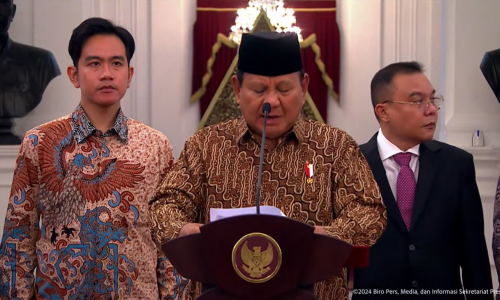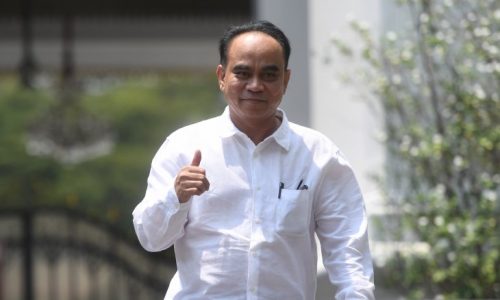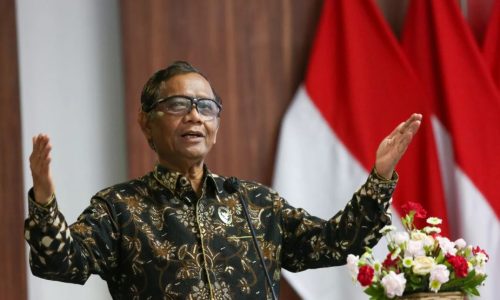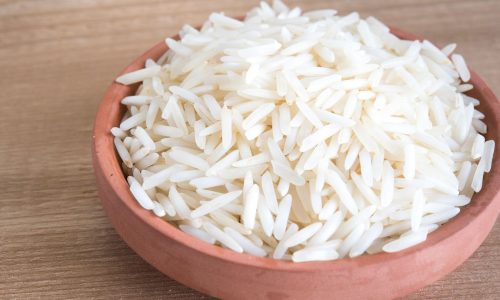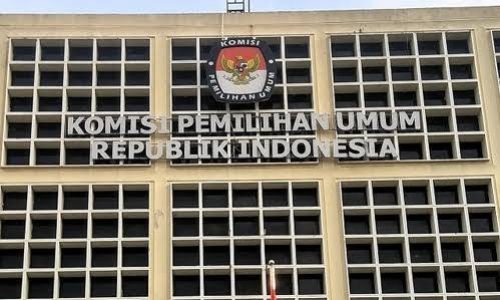Deputy Minister of Communication and Informatic, Nezar Patria, has suggested that appropriate adoption of artificial intelligence (AI) technology can help improve social welfare, in a way that Indonesia can learn from other countries that have applied this automated system in various sectors, particularly public service.
“In India, for example, there are educational institutions that use AI for internal assessment on exams conducted in schools in an effort to improve the quality of the education curriculum,” Nezar said while addressing the Launch of “AI Transformation Policy Manifesto: Recommendation for the Optimization of Indonesia Digital Economy” in Jakarta on Tuesday, August 20, 2024.
On the other hand, he added, there are also difficulties in the promotion of public health sector. He cited a case in Rwanda, where there were only 13 radiologists serving 13.2 million population.
“There [in Rwanda], they developed an AI model in radiology so that public health service is much more efficient and largely accessible. The adoption of AI in the health sector is very advanced that the role radiologists might be replaced by AI,” Nezar said.
Meanwhile in the U.S., he said, training for specialist doctors has been using AI as well. He cited the training for candidate surgeons in a number of surgical specialty hospitals.
“As we know, this medical specialist education is quite tough and takes quite a long time, too. In reality, not all knowledge and experiences of health professionals and reputable surgeons can be transferred to their juniors. So, they use AI,” Nezar cited.
“Wires are installed into the hand of a professional surgeon, who then performs surgeries, for example, urological and bone surgeries. All his activities are recorded and all those patterns are kept in big data,” he explained.
Candidate surgeons then attach the wires to their hands and when they perform the surgery, they will be guided by the artificial intelligence that processes the data generated from experienced surgeons.
“Surgical patterns, surgical speed, knife depth, and so on can be measured very precisely. And this of course facilitates the transfer of knowledge and provides more opportunities for prospective surgeons to learn,” Nezar concluded.



